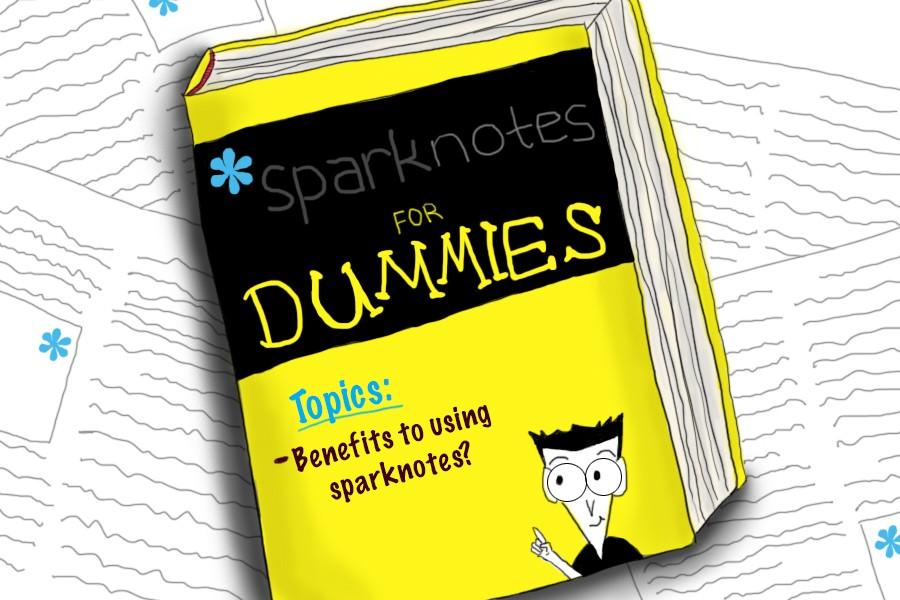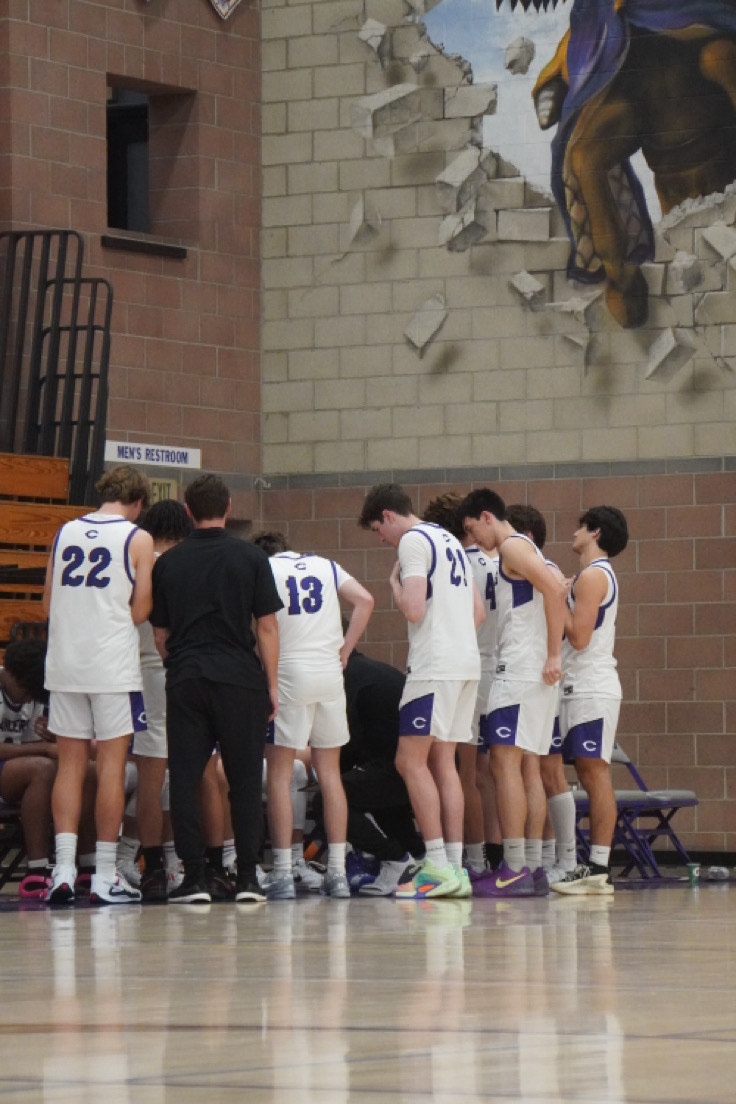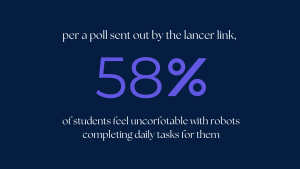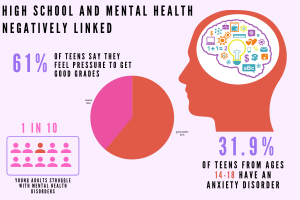Using Sparknotes for good instead of evil
February 4, 2015
It’s hard for teenagers to actually care about what they’re reading these days, when the language used seems so foreign. When students are assigned class novels, most classes read the stories together and spend time analyzing every element to each classic. We make it harder for ourselves, when we ask why the author decided to make it a rose bush outside of the prison door instead of a petunia bush. Maybe he was allergic to petunias, maybe he just liked roses, but when you’re writing a 200-point essay on symbolism, you just have to know why. It’s just that sometimes the analysis discussed in class is just not enough to help students understand what the author is saying and what that rose bush signifies…so that’s when we look to Sparknotes.
Sparknotes is the kid our teachers warned us about but we just can’t stay away from. This website was started by four Harvard students who wanted to provide study guides for all sorts of school subjects and literary works. The big problem for teachers is that the website has extensive summaries with accompanying analysis of almost every chapter or scene of virtually every single novel English classes study, which discourages students from reading the actual novel.
With other AP classes, after-school activities, jobs, sports and the thousand study guide questions assigned for the novel at hand, Sparknotes seems like a favorable alternative to devoting hours to read the novel. However, while managing to get the jist of a grueling story such as Crime and Punishment and being handed the insightful analysis may seem like a teenager’s dream, Sparknotes and websites like it have come to discourage active reading and understanding of key literary works. Because students are reading “dumbed-down” versions of classic literature, websites like Sparknotes have also managed to dumb-down each generation of students who pick up Huck Finn and other classics.
Sparknotes, and other websites like it, should be used to enhance students’ understanding of the assigned texts, not substitute for them. When it’s hard to realize the deeper meaning of a text, Sparknotes can provide a diving board off of which students can formulate their own analysis and personal insight into a story. Reading Sparknotes’ summaries after reading the actual novel can help solidify the story’s content into students’ minds, refresh their memories of what happened in each chapter, study for tests and prepare for essays. In addition, it is helpful for clarifying the basic meaning of content that may be written in antiquated language.
For example, the website even has a specialized reference sheet for translating Shakespeare verbatim into modern-day language. Many of Shakespeare’s works are actually very funny and entertaining, and even make many of the same jokes we do today. The problem is, students can’t appreciate it because they can’t get past the fact that these works are “old”. Reading the assigned classics first and using Sparknotes as a tool to further understand the original text can help students appreciate literature because they will be able to actually comprehend what they’re reading.
Our culture is becoming more and more revolved around the internet and fast-paced knowledge, which makes it is harder for generations to focus on things like classic literature and appreciate its significance. However doing so is possible, but we just have to maintain a balance between things like Sparknotes and timeless culture. When people rely solely on shortcuts for the easy way out, they are only cheating themselves.















